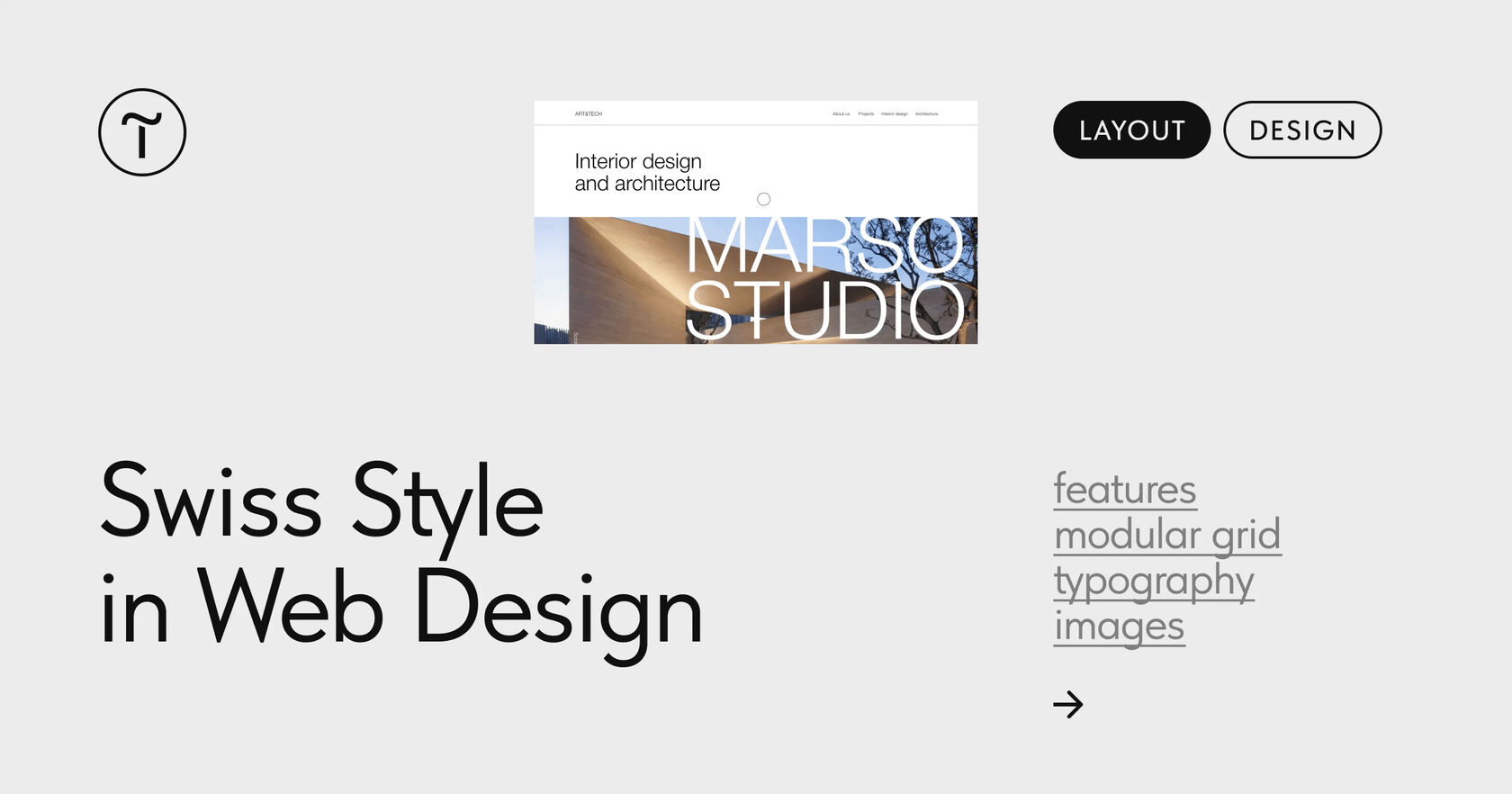Swiss Style became popular in posters and gradually came to web design. Today Swiss Style principles may be seen in designer online stores, personal websites, long reads, and interfaces.
Swiss Style is pragmatic, so don't expect any decorations on the website. All objects serve a purpose and emphasize meaning. The elements on the page are systematized and there is a clear visual hierarchy—the attention focuses on content and nothing distracts it.
Discover how to use Swiss Style techniques in your Tilda projects:
▪️ Modular Grid
In Swiss Style, all the elements on the page are organized and follow the modular grid strictly. The "airy" layout adds visual weight to the accents and helps you direct the reader's attention.
If you design in Tilda's Zero Block editor, you can customize the grid to fit your project—for example, add 3 or 4 columns.
▪️ Fonts and Typography
The font in Swiss Style design should help you convey the message clearly and precisely. That's why only sans serif fonts are used—for example, Helvetica, Futura, Tilda Sans.
The text on the page is hierarchical: Bold title, then subtitle, and the body text. The titles and subtitles should be catchy so that the reader continues to read the main text.
▪️ Photos and Illustrations
Photos should be minimalist and never look like advertising stock photos. The same is true for illustrations. Elaborate drawings won't work if you want to convey a meaning neatly—use simple abstract forms instead.

